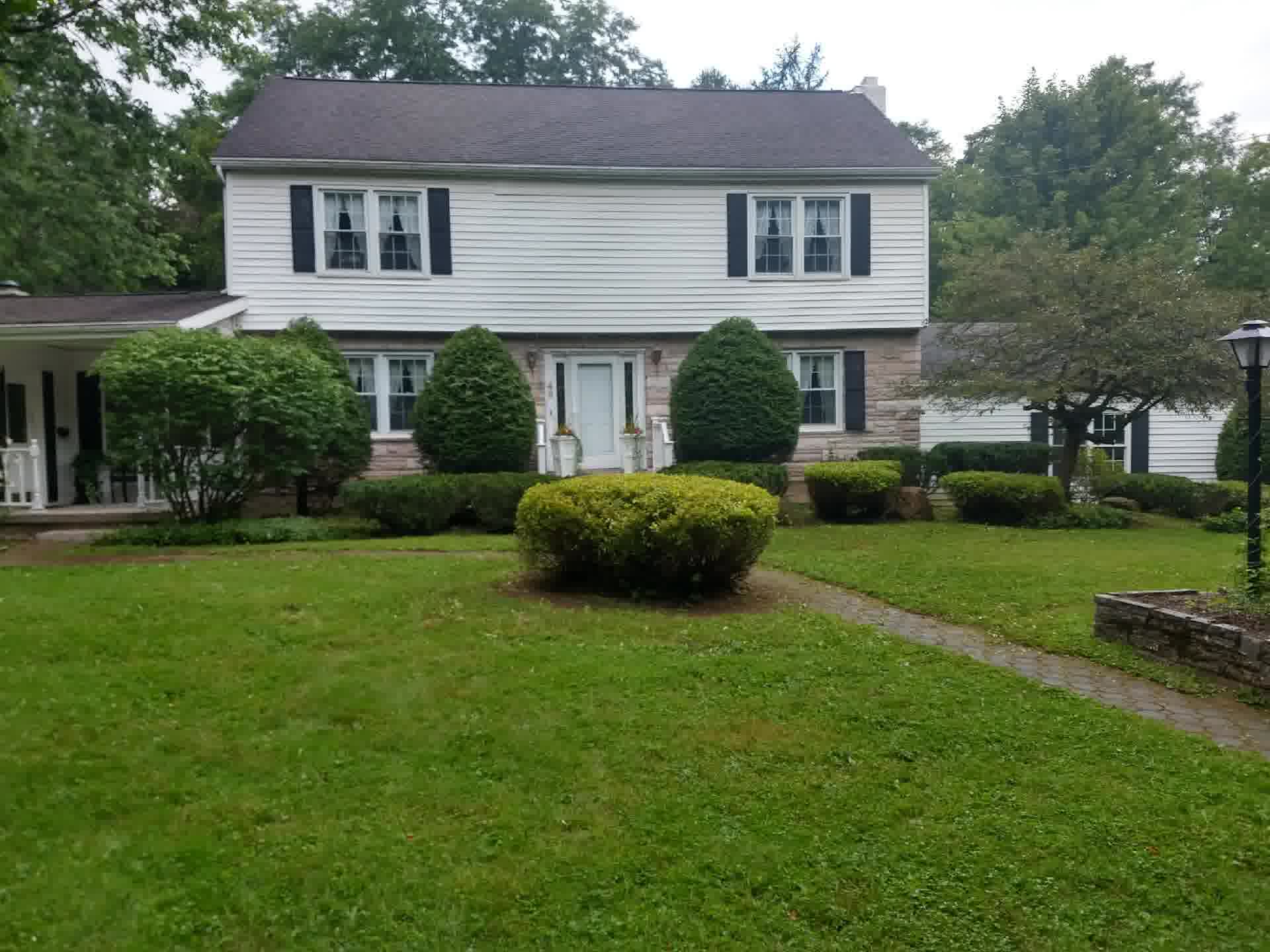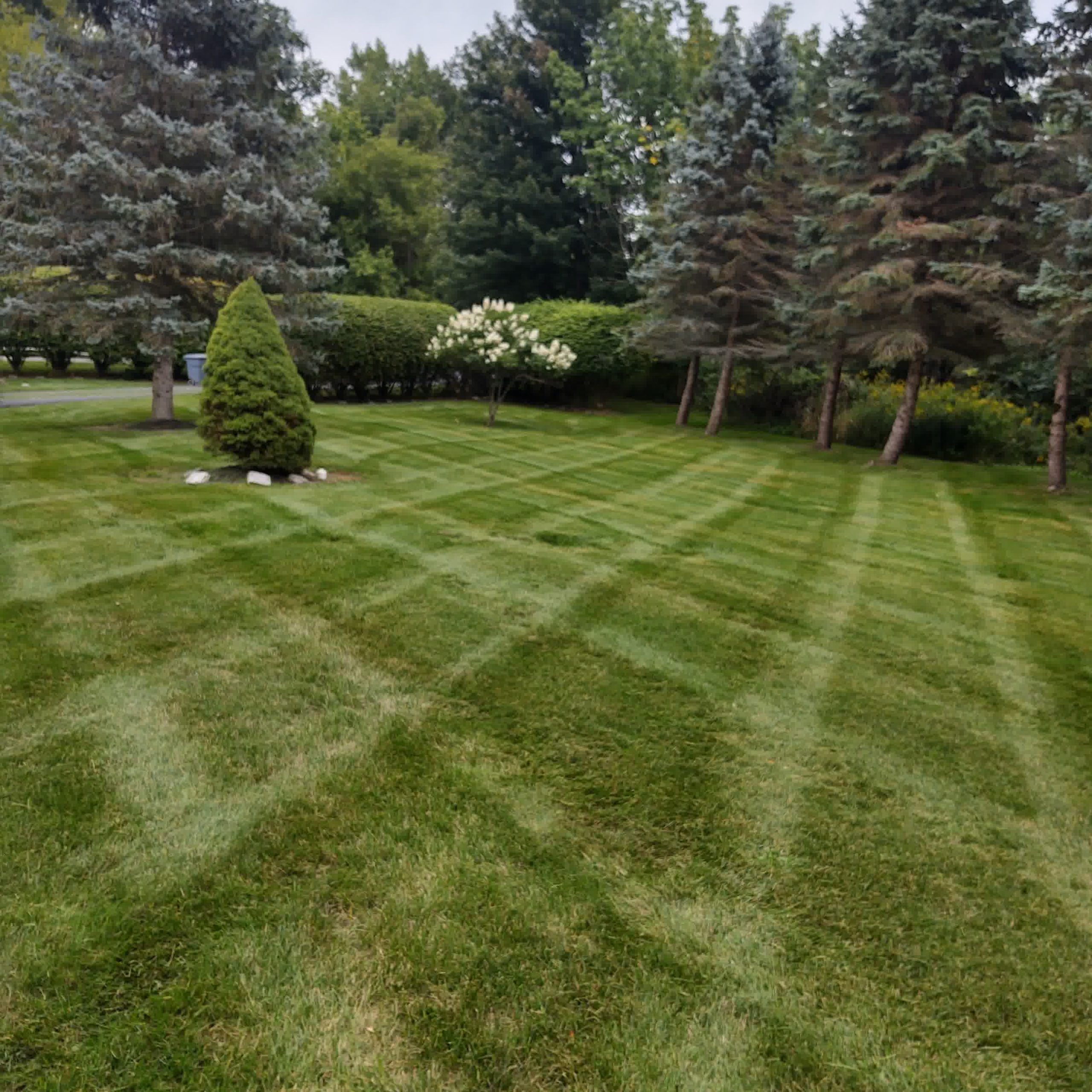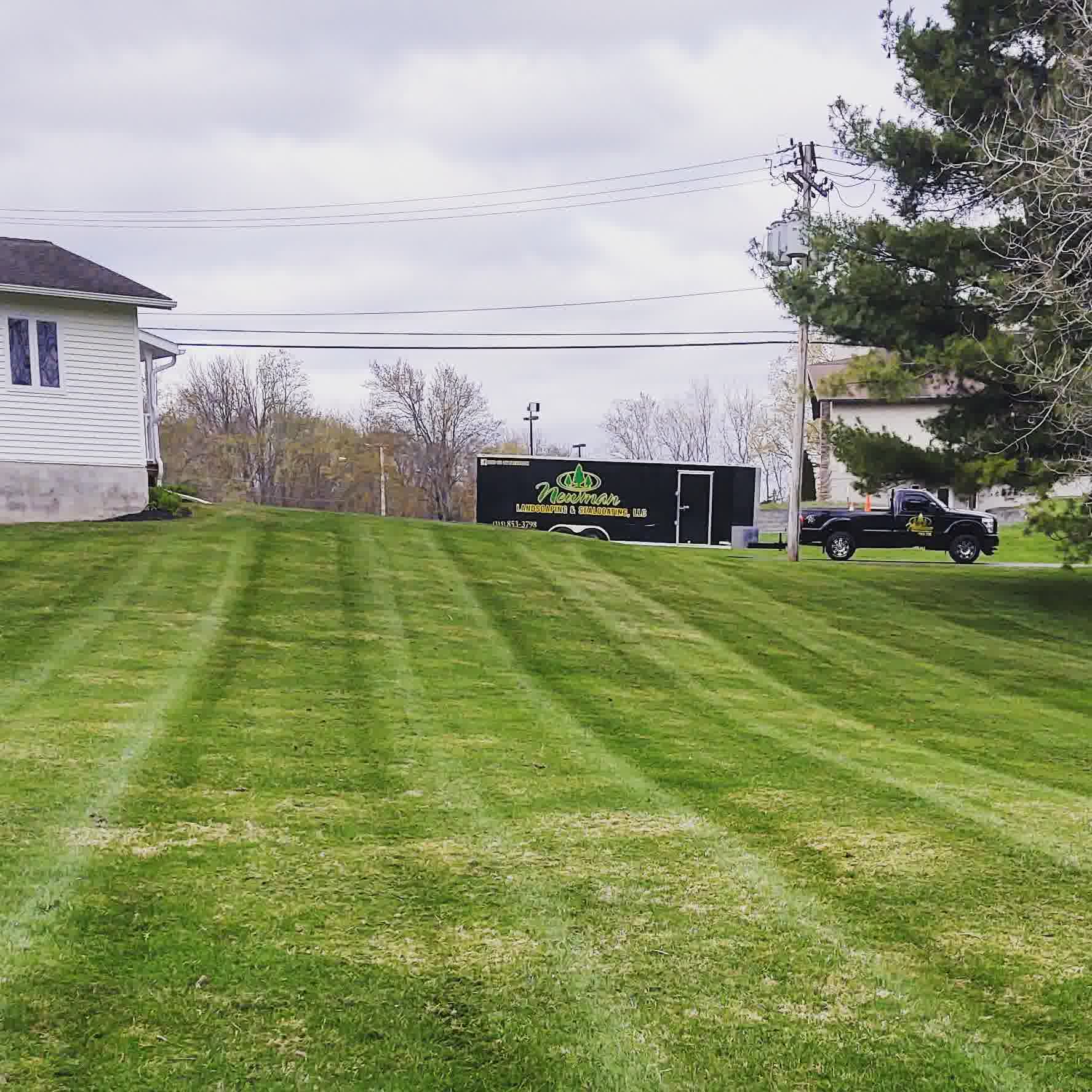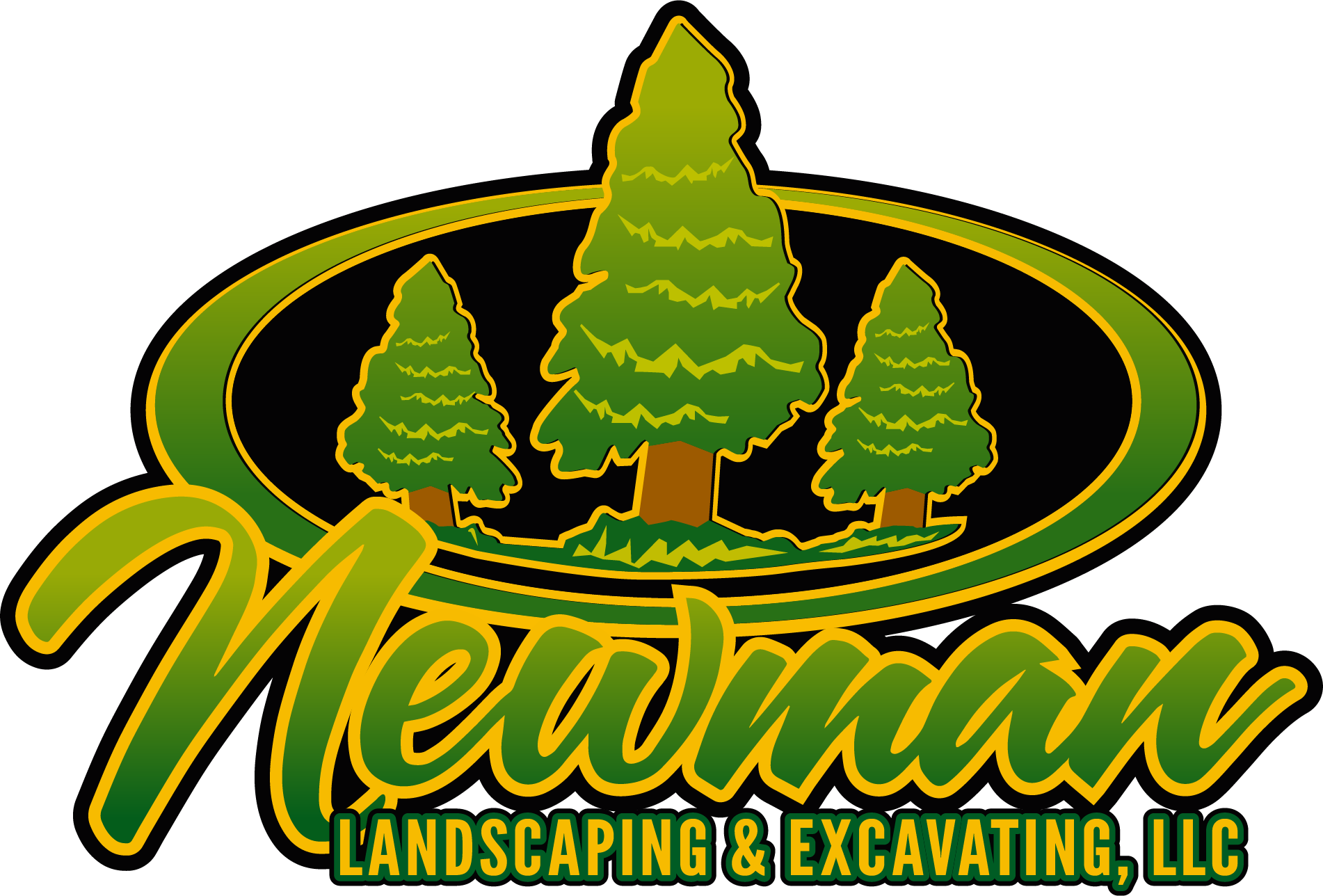Stop Yard Flooding Fast: Smart Drainage Fixes Every Homeowner Needs
Introduction: When your yard turns into a soggy mess after every rainstorm, it’s more than just an eyesore—it’s a sign that your property may have serious drainage problems. From pooling water that kills your grass to runoff that erodes soil and threatens your home’s foundation, poor yard drainage can lead to expensive damage. The good news is, there are practical, smart drainage solutions that can stop yard flooding fast. Whether you’ve just started noticing standing water or you’ve been battling backyard floods for years, the right fix can restore your lawn and protect your property.
How to Keep Water Out of Your Yard
Understand Where Water Is Coming From
Before solving the issue, it’s important to understand where the water is pooling and why. Most yard drainage problems start with improper grading. Water naturally flows downhill, so if your yard or home is situated at the bottom of a slope or the soil is graded toward your house, water will collect in low areas and stay there. Downspouts that release water too close to the home or compacted soil that can’t absorb water can also contribute to backyard flooding. Start by observing your yard after heavy rain to find the low spots, and track the movement of water around the property.
Improve Grading and Redirection
One of the most effective and lasting ways to prevent water buildup is to reshape your landscape with proper grading. Your yard should slope away from your home by at least a few inches over a 10-foot distance. This gentle slope helps redirect water to lower areas where it can drain safely. For homes with more stubborn terrain, solutions like berms or swales—shallow, vegetated ditches—can guide water across the property without erosion. In addition to land shaping, extending your downspouts further from your home can keep roof runoff from collecting around your foundation and causing leaks or flooding indoors.

Best Yard Drainage Systems for Flooded Lawns
Surface Drainage Options
Surface drainage systems work well for yards that collect water on top of the soil. Channel drains, also called trench drains, are long, grated systems that are placed in areas like patios, driveways, or near downspouts. They collect water and funnel it to a discharge area. Catch basins are another common solution and work well in low spots. They act like mini storm drains, catching surface water and sending it into underground piping. These systems are relatively easy to install and maintain and are especially useful in areas where water collects quickly and visibly.
Subsurface Drainage Systems
For more stubborn drainage problems that don’t respond to surface solutions, subsurface systems like French drains are the go-to fix. A French drain is a gravel-filled trench that houses a perforated pipe. As water soaks into the ground, it enters the pipe and is channeled away from the yard or foundation. This system is excellent for homes built on clay-heavy soil, which tends to drain poorly and hold water. Installation involves digging a trench, layering gravel, laying the pipe with the correct slope, and covering it again. While this is a more involved solution, it’s highly effective and long-lasting.

How Often to Maintain Yard Drainage Systems
Seasonal Drainage Maintenance
Even the best drainage systems require ongoing care to perform well year-round. Gutters and downspouts should be cleaned at least twice a year—once in the spring and again in the fall—to ensure water flows freely. Catch basins should be inspected every few months for debris and buildup. Removing leaves, dirt, and lawn clippings can prevent clogging and reduce the risk of standing water. It’s also smart to walk your property after major storms to check for signs of water collecting or drains backing up.
Annual Check-Ups and Long-Term Monitoring
French drains and other underground systems typically require less frequent attention, but that doesn’t mean they can be ignored. Once a year, test the drain by flushing it with water to confirm proper flow. Look for signs like water bubbling up at the surface, which could mean the pipe is clogged or damaged. Tree roots and sediment buildup are common causes of blockage in older systems. If problems persist or drainage fails completely, a professional inspection with a camera may be needed to locate the issue and recommend repairs.

Conclusion
Yard flooding doesn’t have to be something you live with. By understanding the causes of water buildup, choosing the right drainage system, and keeping up with routine maintenance, you can take control of your landscape and protect your home. Whether it’s simple grading or a full French drain installation, the right fix is available—and the sooner you act, the better your lawn and foundation will be in the long run. Stop letting water take over your yard and start building a smarter, drier outdoor space today. Get in touch with us right now to learn more about our drainage services as well as our Landscaping, Fire Pits & Lawn Mowing services.
SERVICES
Landscaping
Fire Pits
Lawn Mowing
Pavers
Holiday Lighting
Snow Removal
Pest Control
Mulching
Lawn Aeration
Sod
Patios
Outdoor Kitchens
Retaining Walls
Lawn Care
Trimming
Lawn Edging
Excavation
Landscape Design
Drainage
Lawn Grading
Landscape Lighting
Deicing
Snow Blowing
Driveway Sealing
SERVICE AREAS
Westmoreland
Utica
Rome
Oneida
German Flatts
Vernon
Lenox
Frankfort
Verona
Vienna
Sherrill
Floyd
Sangerfield
Canastota
Herkimer
Chittenango

"*" indicates required fields
 (315) 853-3798
(315) 853-3798 sales@newmanlandscaping.com
sales@newmanlandscaping.com